Most people looking to see ancient ruins who take the bus from Thessaloniki to the town of Veria are just passing through and looking for a connecting bus to take them to nearby Vergina. But Veria (or Beroia/Beroea, as it is often transliterated in the context of its older legacies) has an ancient past of its own and deserves some exploration as well. The site has been inhabited since pre-Classical times, and its name first appeared in the history books in the 5th century BCE with Thucydides’s account of the Peloponnesian War, recounting how at one point the Athenians unsuccessfully laid siege to Beroia during the conflict. Also, the Bible mentions that Paul preached to the Jewish community there after being chased out of Thessaloniki. It would later become an important city of the Byzantine Empire.
Veria is a bustling modern town, and there is no organized archaeological site there. However, there are a few places around town where you can sneak a peek at the traces left behind from its distant past. The area to find them is mostly between the KTEL bus station in the north of town and Raktivan Square at the southwestern edge of the town center, which seems to have been the limit of the old city as there is what is left of a medieval Byzantine tower there.
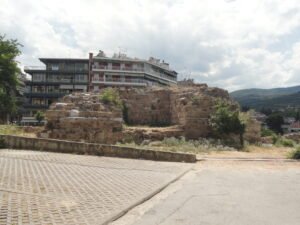
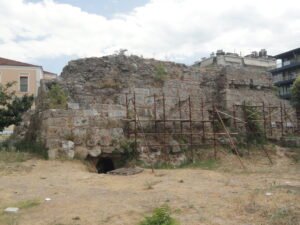
However, there is a spot 200 meters south of the tower which have been revered for centuries as the steps on which Saint Paul preached during one of his missionary visits to the city.
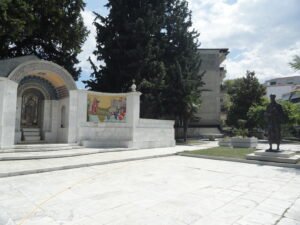
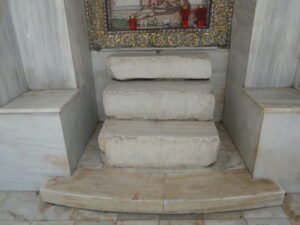
To find where more ordinary people stepped, you can find traces of an old city street alongside one of the city’s modern main thoroughfares right across the street from the Holy Metropolitan Church.
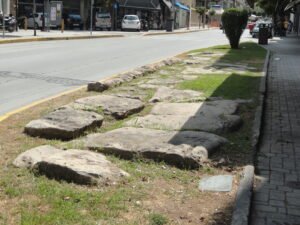
Further north, some ruins of ancient structures were uncovered following the demolition of the 19th-century Church of Saint John the Merciful, and the site is not fenced off as an archaeological site.
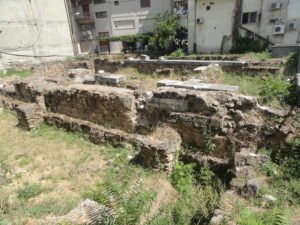
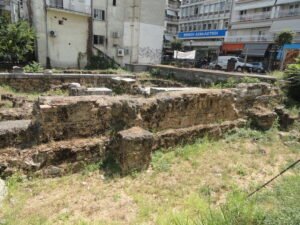
Just two blocks to the east — at the eastern edge of the old town — is a small park where you can find some rockpiles that were once a bath complex dating to Hellenistic times.
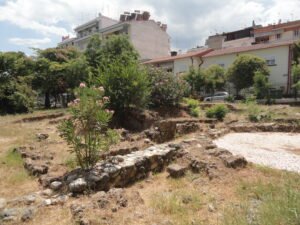
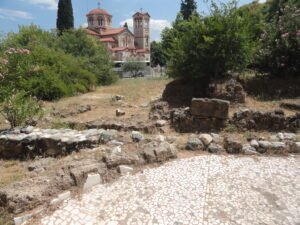
In the northern part of town there is a small area which is called the Saint Patapios Archaeological Site. There is a small, old church there, but also on the grounds are traces of several earlier churches which had once occupied the site, the oldest dating to the late 4th century.
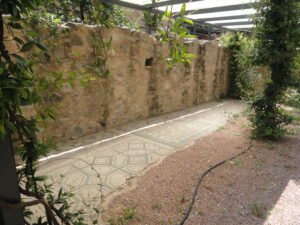

The Old Metropolitan Church, dedicated to Saint Paul, is on the western side of town and dates from the 11th century. It was used as a mosque for the nearly 500 years that Veria was part of the Ottoman Empire (1430-1912), but Veria became part of independent Greece, it was reconsecrated as a church, and in 2016 it was reconsecrated again and reopened to the public after a lengthy restoration.
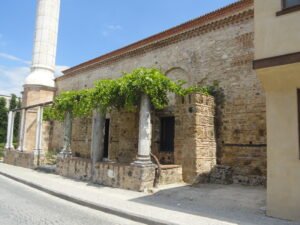
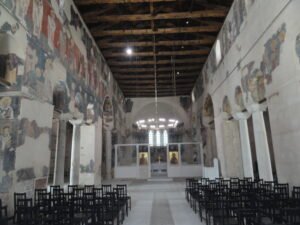
The Archaeological Museum of Veria in the northeastern part of town is a good place to catch a glimpse of some of the finds from the ancient city as well as nearby archaeological sites.
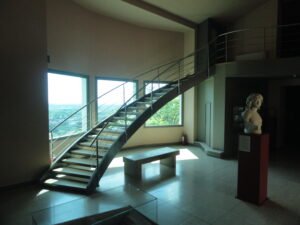

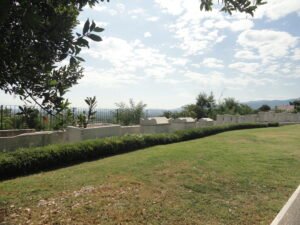
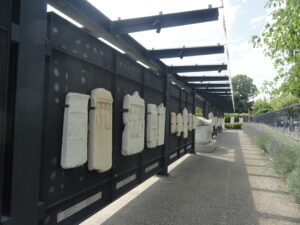
Tips for the Visitor
There are frequent buses between Veria and Thessaloniki’s main KTEL bus terminal. The trip takes an hour, or about 20 minutes longer if there are stops along the way. Some of the buses heading for Veria will continue on to Naoussa, so your bus might have that posted at the front.
As mentioned at the beginning of this article, Veria is a popular connection point for tourists heading to Vergina, which is only a 15-km drive to the southeast and is certainly the most important archaeological destination in the region of Imathia. If you have your own transport, you may also be interested to head 20 km north from Veria and explore the various scattered sites associated with the ancient city of Mieza.
Location Map
